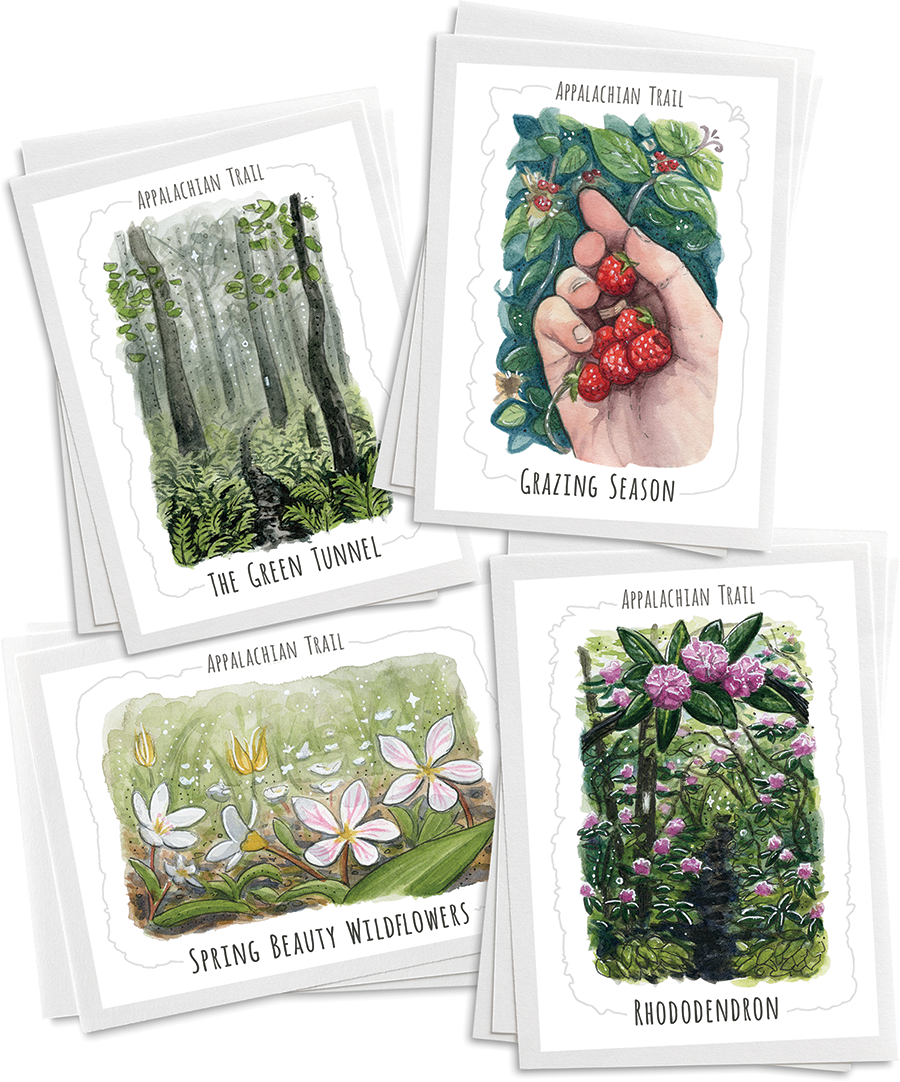
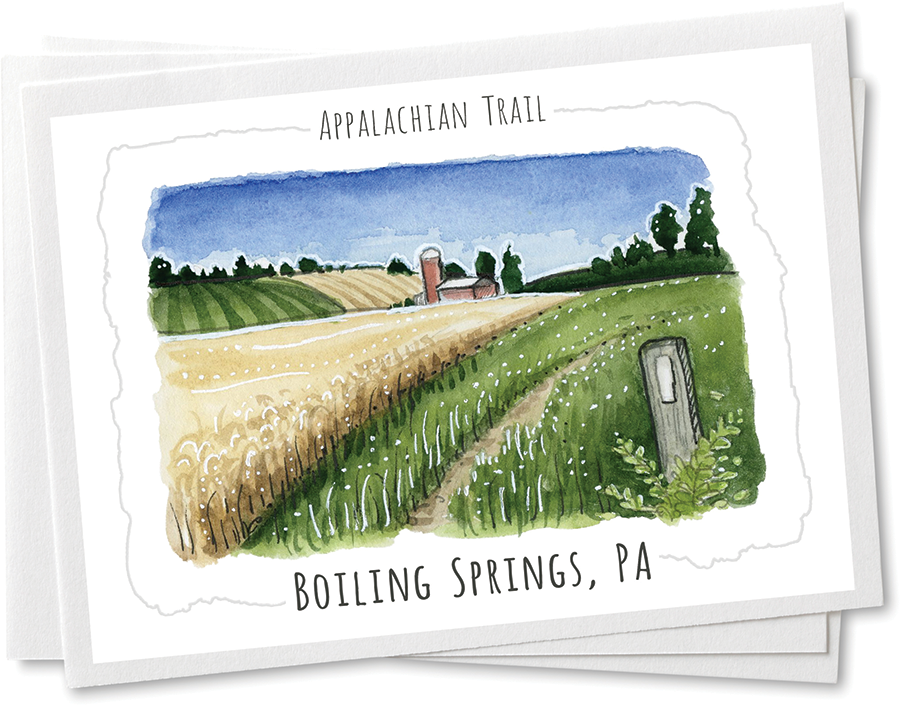

After we returned to our home in Arlington, Virginia, I couldn’t get Boiling Springs’ quiet charm out of my mind, and I felt sorry that our children had opted to stay back to visit with their grandfather. Even at their young ages of 9 and 12, my kids are veterans of many national park road trips, and they love hiking, camping, and traveling. Thinking about this, I pulled out a map of the A.T., tracing my finger along the route in search of other towns that we might visit together that would give us a range of things to do, along with easy access to the Trail. Almost 50 towns and counties have been named official Appalachian Trail Communities, meaning that they have signed on to be stewards and supporters of the Trail and its hikers. I knew that perusing that list would be a good place to start my trip planning.

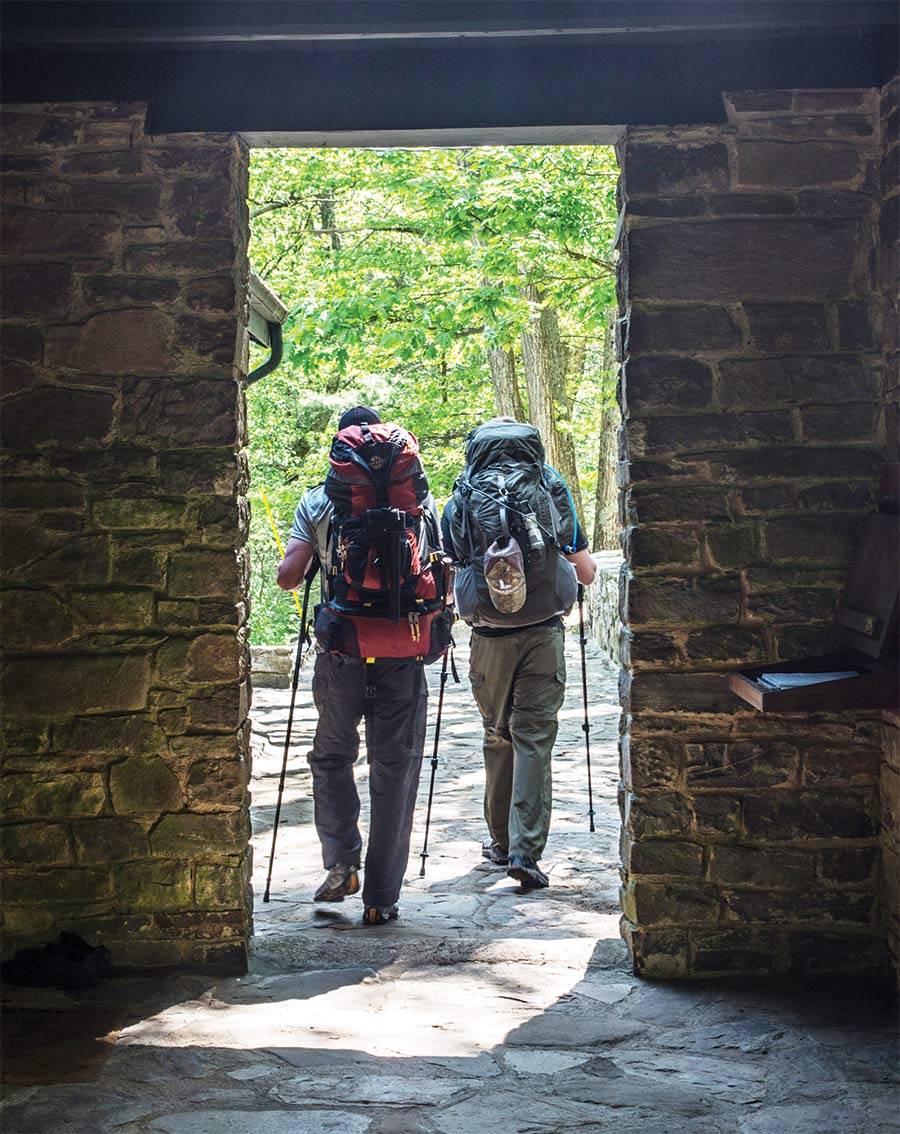
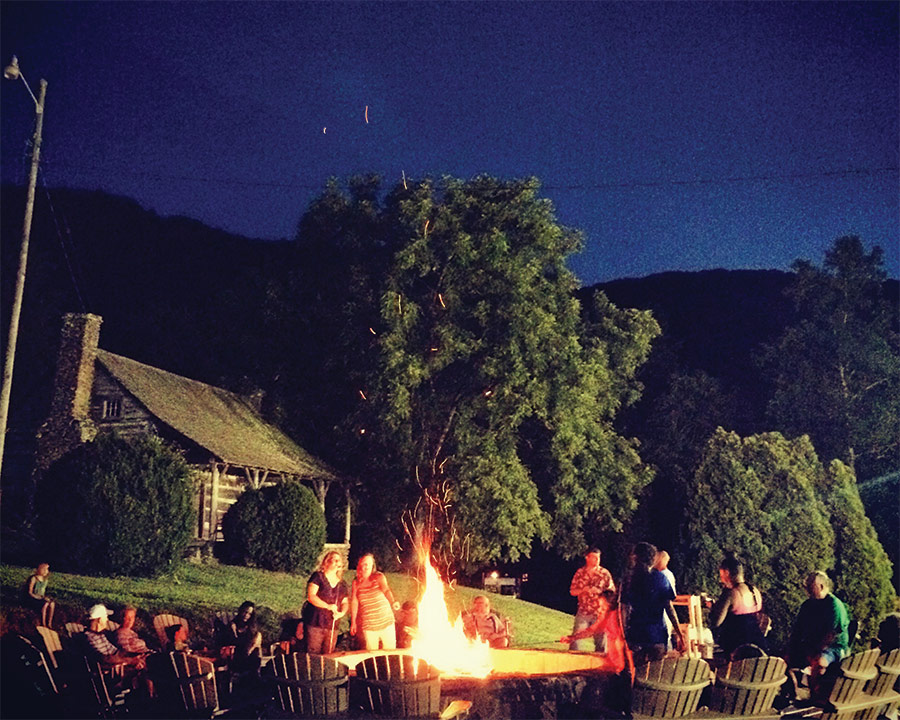

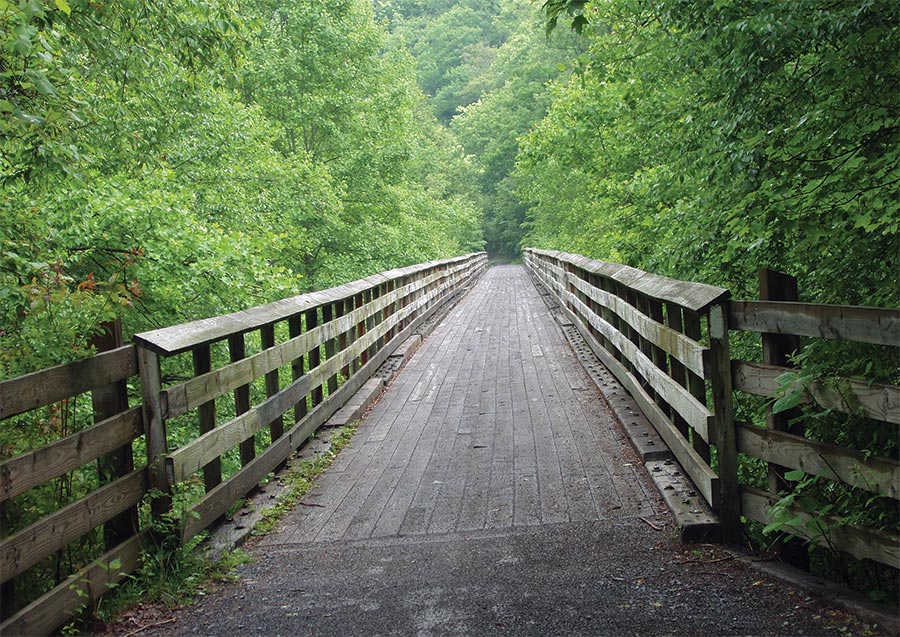
Living in Virginia, my family and I get out to Shenandoah National Park fairly regularly, and we’ve hiked on several portions of the A.T. as it spans the 100-mile length of the park. I never get tired of the stunning views from the ridgetops across the wide expanse of the Shenandoah Valley, quilted with farms and ribboned by the Shenandoah River. We often stop in the many homey towns near the park, such as Front Royal and Luray, for some pie or apple cider donuts to take home. One place I’ve never visited, however, is the A.T. Community of Abingdon, Virginia. One of currently 15 A.T. communities in the state, Abingdon is located near the southern tip of Virginia’s long Appalachian spine, and it offers terrific Trail access as well as many dining and lodging options.
Just 12 miles from the Appalachian Trail, Abingdon is a hub of outdoor recreation. The town is an ideal place to hop on the 35-mile Virginia Creeper National Recreational Trail, a multi-use recreational trail built on a former railbed that dates to the 1880s. Hikers and cyclists can stop on one of the Creeper Trail’s high wooden trestles or take in views of the surrounding forests, farms, and fields. I particularly like the idea of a post-Trail visit to the Creeper Trail Café, which boasts of having “world famous chocolate cake.” (It’s hard to prove this claim, but I’m willing to investigate.)
I also am fascinated by the fact that Abingdon offers access to Virginia’s little-known slot canyons. When I think of slot canyons, I usually picture the orange-hued sandstone canyons of the desert West. But Virginia’s slot canyons are tucked away in the Great Channels Natural Area Preserve. Here, ice-age freezing and melting have split cracks in the relatively soft Blue Ridge sandstone, allowing narrow, winding canyons to form. These canyons have only been open to the public for about a decade, the result of a land donation from the Nature Conservancy. Getting to and from the slot canyon requires a 6.6 mile-hike with some elevation change, but from certain overlooks, hikers have an almost 360-degree view of the surrounding Blue Ridge.

Warwick offers a special wildlife viewing experience for hikers, too. Connected via a spur to the A.T., the Mount Peter Hawk Watch Trailway leads to a scenic overlook for raptor viewing and birdwatching, and binoculars are a must. One of the oldest hawk watch locations in the country, the overlook offers both casual and seasoned birdwatchers glimpses of up to 16 species, including goshawks, kestrels, and golden and bald eagles, during their fall migrations. But even if you don’t spot any big birds, the mountain views from the overlook are worth the look on their own.
Wawayanda State Park in New Jersey is another popular destination not far from Warwick. The park contains some 60 miles of trails, including 20 miles of the A.T. Here hikers can walk on the A.T. before taking a spur trail that leads to the “Stairway to Heaven,” a series of rock steps up to the Pinwheel Vista, an outcropping with rewarding views. I’ve hiked a similar kind of rocky climb called Pole Steeple near the A.T. in central Pennsylvania, so this hike sounded like a fun challenge. Back on flat ground in Warwick, any itinerary would have to include the Pennings Farm Market, which offers not just farm-fresh and locally sourced produce, meats, and cheeses, but also a pub, garden center, and ice cream stand.
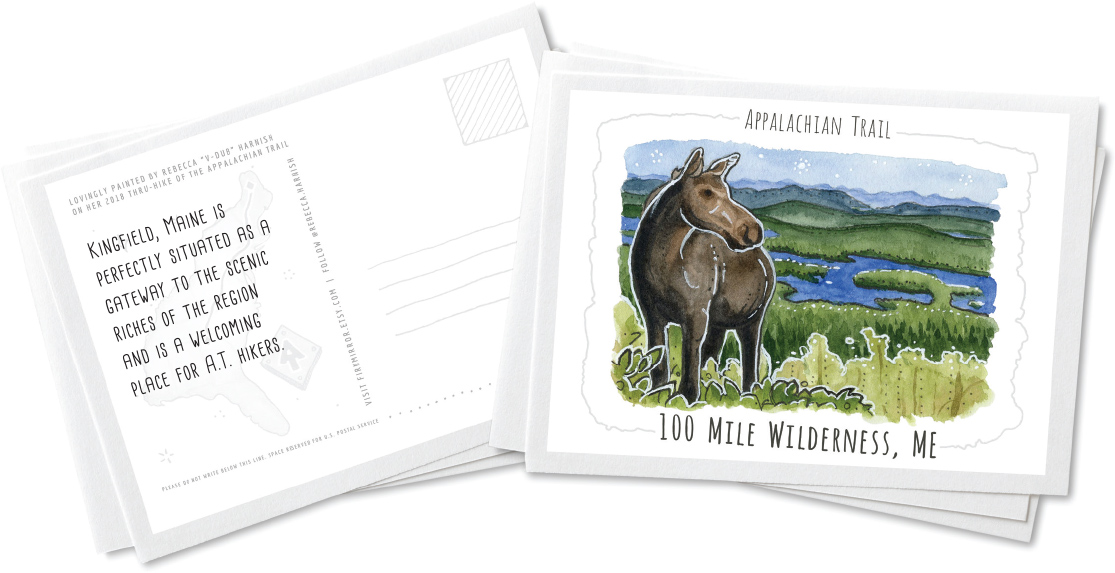
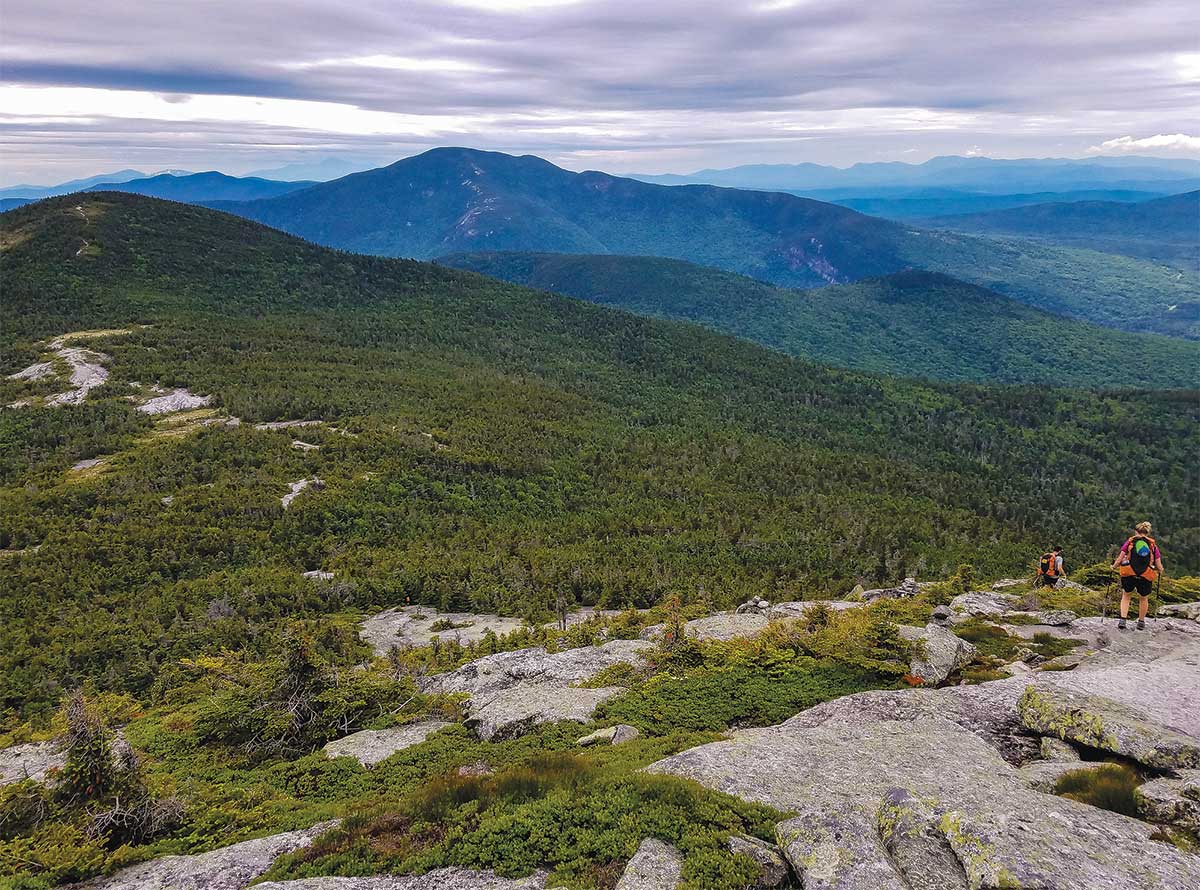
At last, I folded up my map, my mind full of possibilities, and thinking of all the other communities along the Trail with historic character, natural features, and fun activities for people who want to take just a few steps off the path. It was time to start packing and get out there.